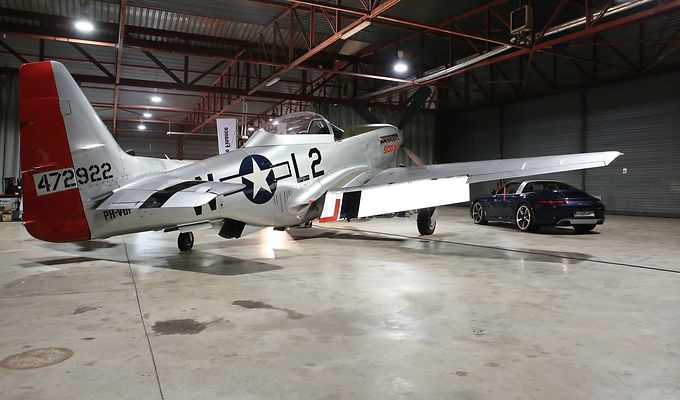

Eight of her nine children had been killed in the bombing.Īl Shifa pharmaceutical factory, Khartoum, Sudan (August 20, 1998)Īfter al Qaeda attacks on U.S. There was a transmission apparatus for the Iraqi intelligence, but the allies had the ability to monitor that apparatus and knew that it was not important.” The Iraqi blogger Riverbend later wrote that several years after the attack, she went to the shelter and met a “small, slight woman” who now lived in the shelter and gave visitors unofficial tours. In his 1995 CNN interview, Hussein Kamel said, “There was no leadership there. general claimed the shelter was “an active command-and-control structure,” while anonymous officials said military trucks and limousines for Iraq’s senior leadership had been seen at the building. Joint Chiefs of Staff said: “We are chagrined if people were hurt, but the only information we have about people being hurt is coming out of the controlled press in Baghdad.” Another U.S. … They were piled onto the back of a truck many were barely recognizable as human.” Meanwhile, Army Lt. A BBC journalist reported that “we saw the charred and mutilated remains. purposefully targeted an air raid shelter near the Baghdad airport with two 2,000-pound laser-guided bombs, which punched through 10 feet of concrete and killed at least 408 Iraqi civilians.

When the Newseum opened in 2008, it included Arnett’s 1991 reporting in a section devoted to - in the New York Times’ description - “examples of distortions that mar the profession.”Īir Raid Shelter, Amiriyah, Iraq (February 13, 1991) Bush administration, making the case for invading Iraq in 2003, portrayed the factory as a symbol of Iraqi deceit. claims have nevertheless proven impossible to stamp out.

… It only produced baby milk.” The CIA’s own investigation later concluded the site had been bombed “in the mistaken belief that it was a key BW facility.” The original U.S.
AIRATTACK FACTORY INSTALL
would help install him as his father-in-law’s successor - but he told CNN “there is nothing military about that place. When Saddam Hussein’s son-in-law, Hussein Kamel, defected to Jordan in 1995, he had every incentive to undermine Saddam, since he hoped the U.S. politicians for touring the damaged factory and reporting that “whatever else it did, it did produce infant formula.” media chortled about Iraq’s clumsy, transparent propaganda, and CNN’s Peter Arnett was attacked by U.S. It was a biological weapons facility - of that we are sure.” The U.S. Bush claimed it was “a production facility for biological weapons.” Colin Powell, then chairman of the Joint Chiefs of Staff, chimed in to say, “It is not an infant formula factory. Iraq declared that the factory was exactly what its name said, but the administration of President George H.W. On the seventh day of Operation Desert Storm, aimed at evicting Iraq military forces from Kuwait, the U.S.-led coalition bombed the Infant Formula Production Plant in the Abu Ghraib suburb of Baghdad. Infant Formula Production Plant, Abu Ghraib, Iraq (January 21, 1991)

attacks on specifically civilian facilities, such as hospitals or schools. If you believe some significant examples are missing, please send them our way. has repeatedly attacked civilian facilities in the past but the targets have generally not been affiliated with a European, Nobel Peace Prize-winning humanitarian organization such as MSF.īelow is a sampling of such incidents since the 1991 Gulf War. While the international outcry has been significant, history suggests this is less because of what happened and more because of whom it happened to. MSF has called the attack a war crime and demanded an independent investigation by a commission set up under the Geneva Conventions. and Afghan governments, both of which promise to investigate the bombing. first claimed the hospital had been “collateral damage” in an airstrike aimed at “individuals” elsewhere who were “threatening the force.” Since then, various vague and contradictory explanations have been offered by the U.S. had previously been informed of the hospital’s precise location, and the attack continued for 30 minutes after staff members desperately called the U.S. Twelve staff members and 10 patients, including three children, were killed, and 37 people were injured. AC-130 gunship attacked a hospital run by Médecins Sans Frontières in Kunduz, Afghanistan, partially destroying it.


 0 kommentar(er)
0 kommentar(er)
